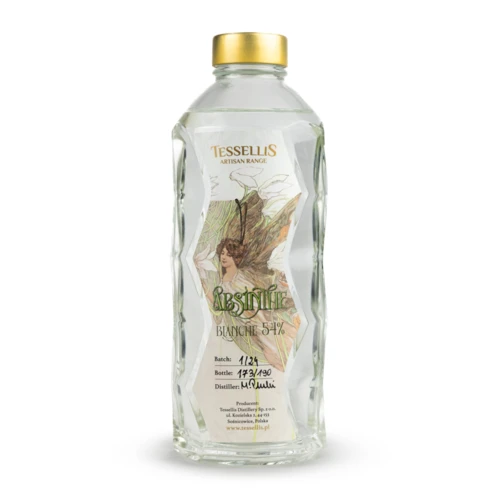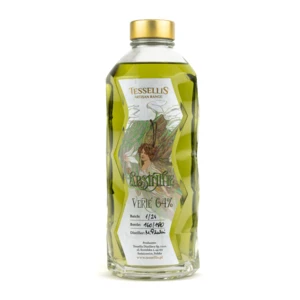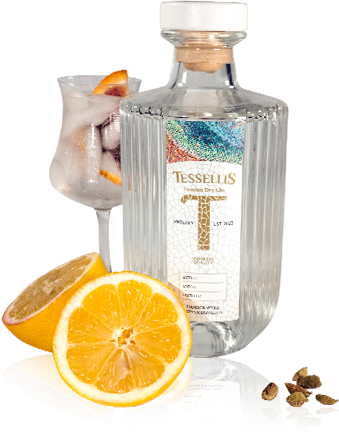Products
Tessellis Absinthe Blanche
Tessellis Absinthe Blache is the first Polish absinthe of the Blanche, or 'white', type. It is distinguished by its lower alcohol concentration, mild character and, of course, colourlessness. The taste includes classic notes of aniseed, liquorice or wormwood. It is best consumed with very chilled water.
Absinthe is usually a high-percentage alcohol, where the main botanical ingredients used are, the so-called holy trinity, aniseed, fennel and wormwood. It is from the Latin designation for wormwood Artemisia absinthium that the name ABSINTHE originated. Commonly referred to as the Green Fairy.
This alcohol originated on the border between France and Switzerland, at the turn of the 18th and 19th centuries. It became the most popular French drink and ruled in French bars for more than a century, and was particularly popularised during the Belle Époque period. At that time, so-called Absinthe Cafés were created, serving almost exclusively absinthe. At its peak, absinthe consumption in France amounted to 30 million litres a year.
Absinthe was the favourite alcohol of many artists, and was enjoyed by Vincent van Gogh, Eduard Manet, Ernest Hemingway, Picasso and Wyspiański, among others. In the early 20th century, many countries banned both the production and consumption of absinthe. The reason was thujone, the hallucinogenic compound found in wormwood. The Czech Republic, Spain and the UK never banned it, which is why the Czech Republic is associated by many with absinthe, where it became very popular in its time.
In 1988, the European Union introduced guidelines allowing a maximum thujone content and it was then that legal production returned to France. In the US, the ban on absinthe lasted until 2007.





